20 People Who Have a Knack for Home Transformations

Everything in the Universe is in constant, quite predictable motion. Some very complicated math can help us predict what the night sky will look like in hundreds of years! That’s why astronomers make up entire calendars of unusual celestial events. So, let’s find out more about the most interesting astronomical events that are waiting for us in the next 100 years.
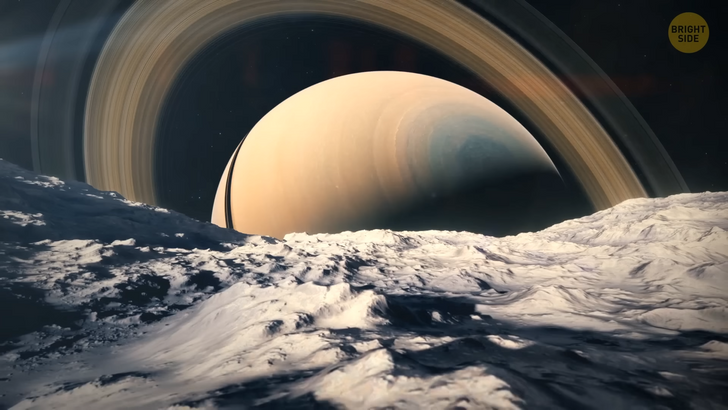
2029: Asteroid Apophis. Our Solar System is full of various asteroids: from small pebbles to giant mountain-like boulders. And many of them are alarmingly close to Earth!
In 2029, one of these asteroids is supposed to fly past us. It’s called 99942 Apophis. The asteroid is quite large and has a diameter of about 1,200 feet. NASA discovered it back in 2004, and it was considered one of the most dangerous objects orbiting the Sun. That’s because, on April 13, 2029, it will be just a few steps away from colliding with Earth.
Even the name of this asteroid is quite frightening — Apophis is the name of the ancient Egyptian deity of chaos and destruction. A giant serpent that embodied chaos and was the opponent of Ra and light. Ah, what symbolism? But don’t worry. Scientists say that, despite such alarming proximity, the asteroid won’t actually hit us. It will fly about 20,000 miles away from Earth.
Yeah, it’s closer to us than the Moon and even some NASA satellites. But, fortunately, still a miss. The event itself will be quite beautiful. Apophis will be visible in the sky even without a telescope! And if, for some reason, you miss it, don’t worry — in 2068, it will return again and will also fly near Earth.
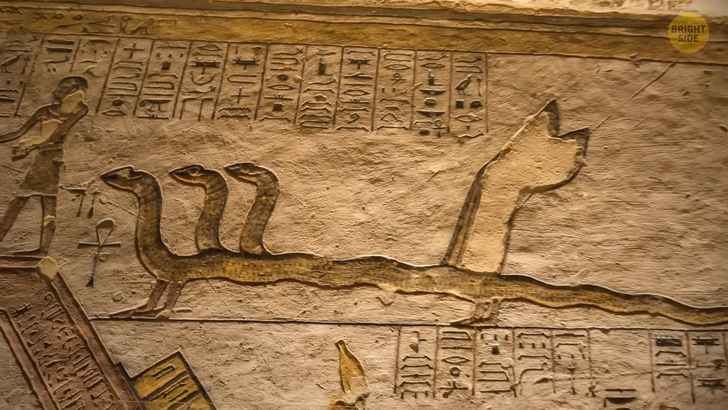
2029: the darkest lunar eclipse of the century. A lunar eclipse occurs when the Moon is completely in Earth’s shadow. Sometimes, when this happens, our natural satellite seems bright red. And it can look scary, but don’t worry — it’s simply because red rays penetrate our atmosphere easier. Such eclipses, unlike solar ones, occur quite often. Usually, the closer the Moon is to the center of the shadow, the darker the eclipse is.
And according to scientists, on July 26, 2029, we’ll see one of the darkest eclipses in the last hundred years! The eclipse itself will last approximately 1 hour and 42 minutes. And the whole event — from the moment Earth’s shadow touches the Moon until the satellite leaves it — will last about 3 hours and 40 minutes. The event will be best seen in South America. So book your tickets now, huh?
2040: the parade of planets. “The parade of planets” is the moment when all the planets in our Solar System line up. Of course, they won’t form a perfectly straight line. But it’s still quite an impressive view.
Some planets, like Jupiter and Venus, can be clearly visible even in big cities and with the unaided eye. But during the parade of planets — especially if you go out of town where it’s darker — you’ll be able to observe ALL of them! According to NASA, the next parade is going to happen on September 8, 2040. So stock up on telescopes!
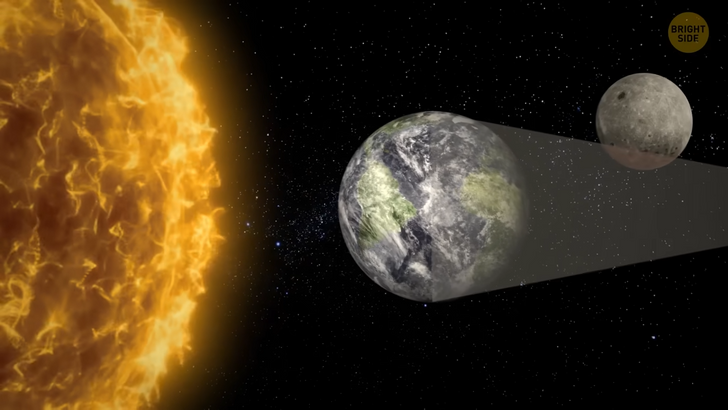
2052: the brightest supermoon of the 21st century. The Moon’s orbit isn’t actually perfectly round. Our natural satellite travels around Earth following an elliptical orbit. Because of this, there are two points: the closest to Earth and the farthest.
The farthest point is called the “apogee,” and the closest is the “perigee.” However, since everything in space is a bit unstable, some perigees may be closer to us than others. Yes, all these orbital changes are quite confusing — even scientists sometimes find it difficult to predict them accurately.
But anyway, when the full Moon is ESPECIALLY close to the Earth, we get the so-called supermoon. The name for this event was introduced in 1979. At these moments, the Moon seems very big to us — just like in all those unrealistic sci-fi movies and cartoons. It can also look up to 30% brighter than usual! And the darker the rest of the sky is, the brighter the Moon may seem.
Now, something particularly cool will happen on December 6, 2052. It will be the closest and brightest supermoon in the entire 21st century. Our beloved satellite will be as much as 17,000 miles closer to us than usual. Now, that one will be pretty hard to miss!
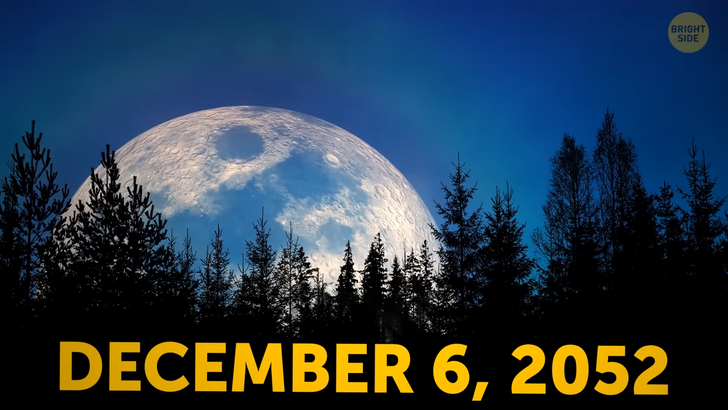
2060: the brightest comet. Comets are dusty remnants of space objects that flew through the Universe thousands of years ago. And there are thousands of them in our Solar System alone! Every time a comet approach the Sun, it heats up and begins to emit gases and dust. It starts looking like a little star — its “head” turns into a large, fuzzy gas cloud. And thanks to solar winds, it also gets that beautiful, long tail.
All this creates a stunning view, and we can even observe such comets with the unaided eye. The closer to Earth a comet passes, the brighter it looks in the sky. Comet 15P/Finlay, named after its discoverer, will visit us on October 27, 2060. And we’ve actually known about this since the 19th century! It will be one of the closest comets to approach Earth in the last hundred years. It will fly by at a distance of just 4.6 million miles. The view is sure to be very beautiful.
2084: “Earth eclipse.” This is one of the most exciting events that will happen in the 21st century! And unfortunately, we won’t be able to observe it from Earth. This event will only be visible from Mars. Earth and the Moon will pass by the Sun, looking like bright silhouettes. The last time that happened was in 1984. Such an event is called a “planetary transit.” It’s kind of a solar eclipse but with other planets instead of the Moon. In our case, it’s more like... Earth eclipse? In other words, Martians would be able to see Earth passing by the Sun, blocking its light. And who knows?
On November 10, 2084, there may indeed be people on Mars who could observe this. But even if not, we’ll still be able to see the footage of this event from space probes. For example, the NASA Perseverance rover has already sent us photos of such an eclipse on Mars, when the Mars satellite Phobos flew between it and the Sun.
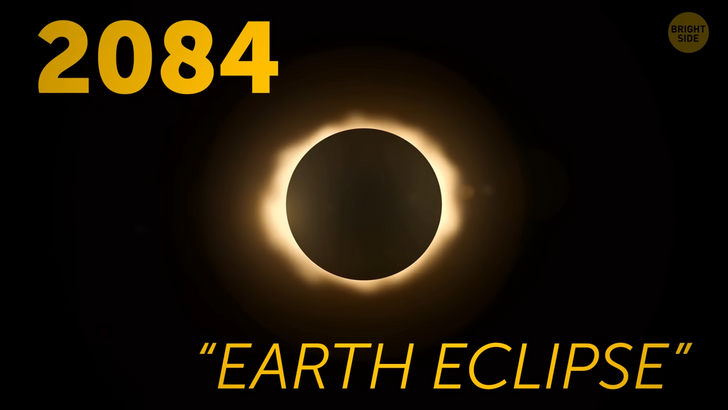
2100: the North Star will be closest to the true north. Ah, the famous North Star. Sailors have been using it for centuries to indicate where north is. But what’s funny is that the North Star isn’t actually perfectly aligned with the north.
That’s because our planet doesn’t have a fixed axis. It moves in space with time, rotating like a giant spinning top. This is called the “orbital precession.”
Because of this, the North Star doesn’t remain in the sky in the same place — it moves, albeit very slowly. So slowly that it’s not even noticeable unless you’re standing at the South or North Pole. However, on March 24, 2100, the Polar Star will finally appear above the true north of our planet! And after that, it will begin to gradually move away again... and will return there only after 26,000 years. So this is truly a rare event.
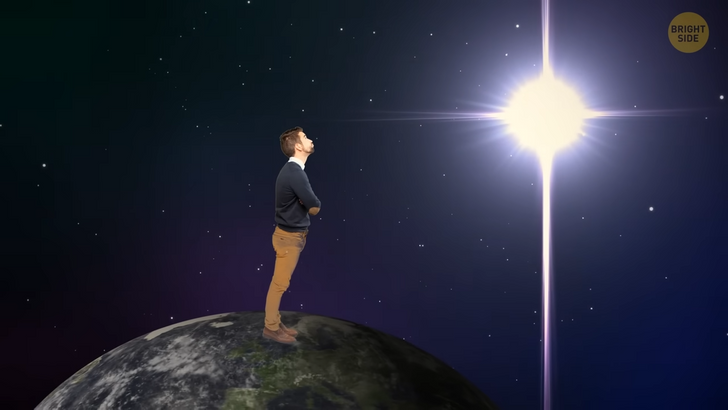
But that’s not all. Unfortunately, it will be something like a parting gift to us from the North Star. Earth’s axis is constantly shifting. And because of this, in about 2,000 years, the North Star will be completely replaced by another star — Gamma Cepheus.
In other words, the event of 2100 will be something like its farewell performance. Beautiful, but kinda sad. That was the calendar of the most interesting astronomical events that will happen over the next 100 years. To witness many of them, you don’t even have to buy a telescope — they will be visible to the unaided eye.
All you need to do is, well, survive until then. If you do, they will be astounding to observe— especially considering that some of them are “once-in-a-lifetime” events. So make sure not to miss them!











